Prepared by: Dr. Omar Fikry
Observing the sky is of a great pleasure but light pollution is hindering us from these visual and intellectual pleasure. It is worth mentioning the most important astronomical astronomical phenomena and events that can be pursued in the sky of Alexandria.
Tuesday and Wednesday Nights; 3 and 4 January 2017
On this night every month, astronomy amateurs observe the peak activity of the meteor showers “Quadrantids” coming from the sundial stars. A meteor shower is an astronomical phenomenon where a huge number of meteors fall on Earth at certain time. This phenomenon occurs due to the transit of Earth in the same place where a comet passed before. This month’s showers will occur due to a comet which was discovered in 2003; its scientific name is “EH1 2003”. On this night, the Moon will be in its first quarter. If you are in a dark place, you will be able to see a significant number of meteors because the Gemini showers produce around 40 meteors per hour. So choose a suitable high place to enjoy watching the Moon quarter along with the meteor showers.
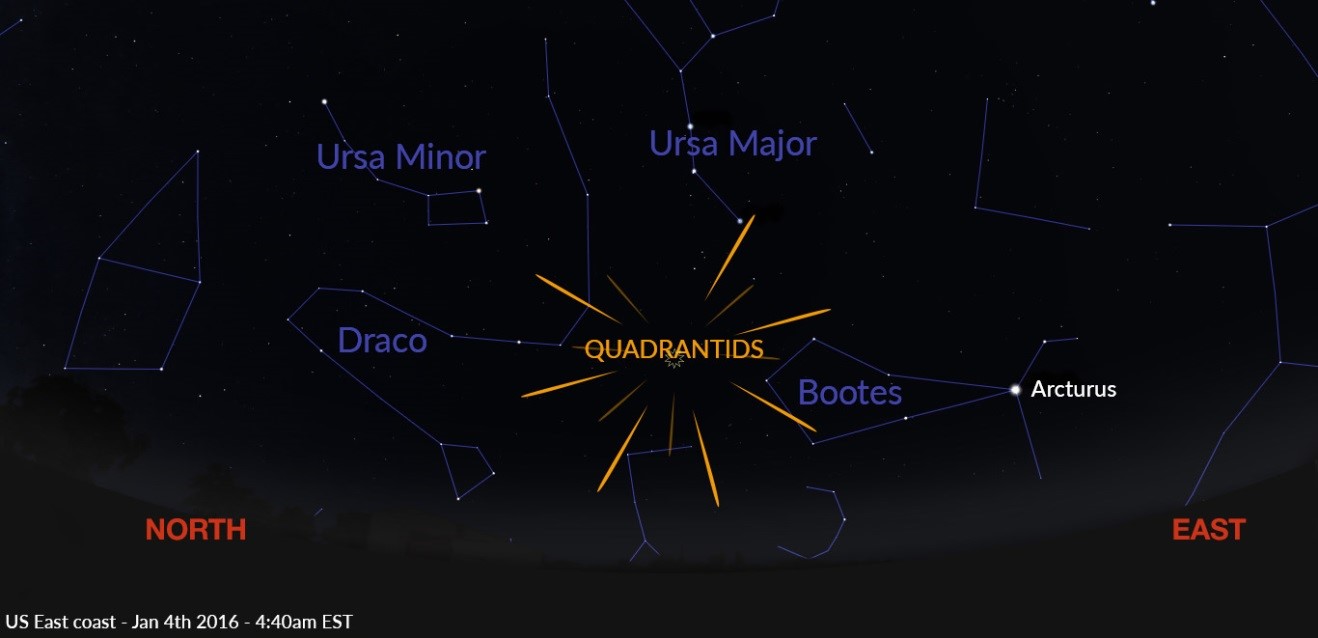 Thursday Night; 12 January 2017
Thursday Night; 12 January 2017
On this night, it is the time when the Moon of the Hijri month Rabii’ El-Thany is a full Moon. As it is known, the full moon rises with the sunset; so, on that day, if you gave your back to the Sun during sunset, and if you looked towards east, you will find the full moon just in front of you. Enjoy the yellowish color of the full moon; this color is due to the atmosphere. But, definitely you have to choose an open area to be able to enjoy this view. In the United States of America, the full Moon of January is called the Wolf full Moon.
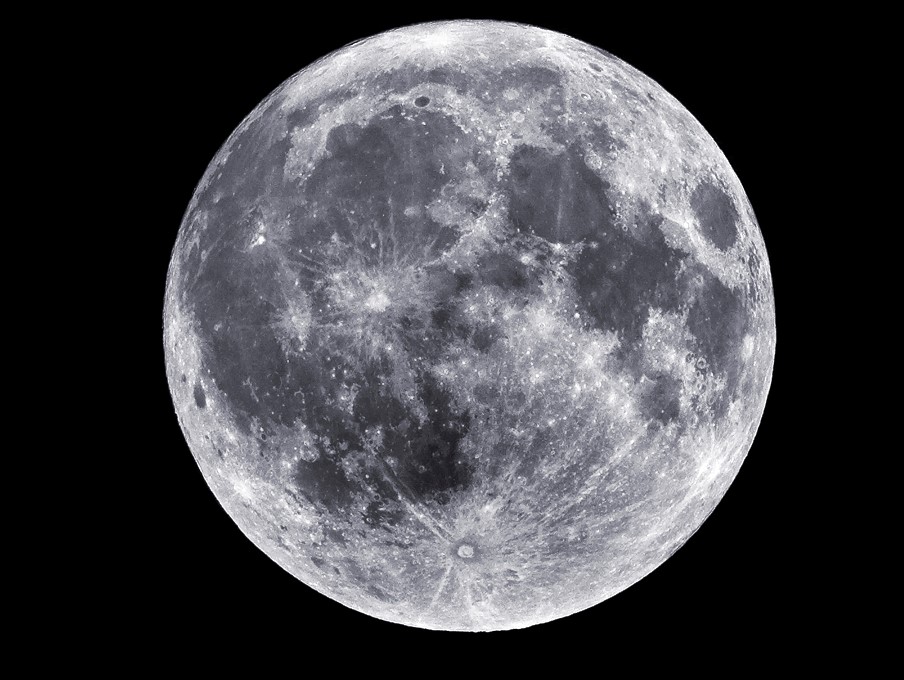 Thursday Night; 12 January 2017
Thursday Night; 12 January 2017
Besides observing the full Moon on this night, you will also be able to watch the planet Venus after sunset in its highest point from the west. Venus will reach 47.1 degrees high; this phenomenon is called the greatest eastern elongation. After this night, Venus will start descending night after night. If you have a small telescope or binoculars, you will be able to see Venus clearly as it will be the most shining object in the sky along with the Moon.
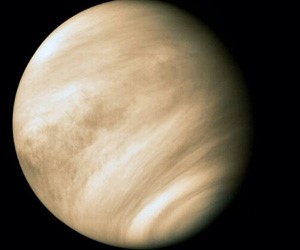
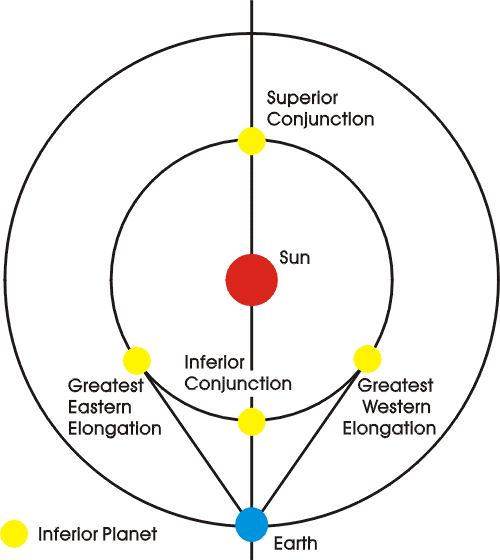 Thursday Night; 19 January 2017
Thursday Night; 19 January 2017
On this night, Mercury will be at its highest point from the eastern point; it will be 24.1 degrees high. this phenomenon is called the greatest western elongation. After this night, Mercury will start descending night after night. If you have a small telescope, you will be able to be see Mercury clearly before sunrise as it will be shining at this time.
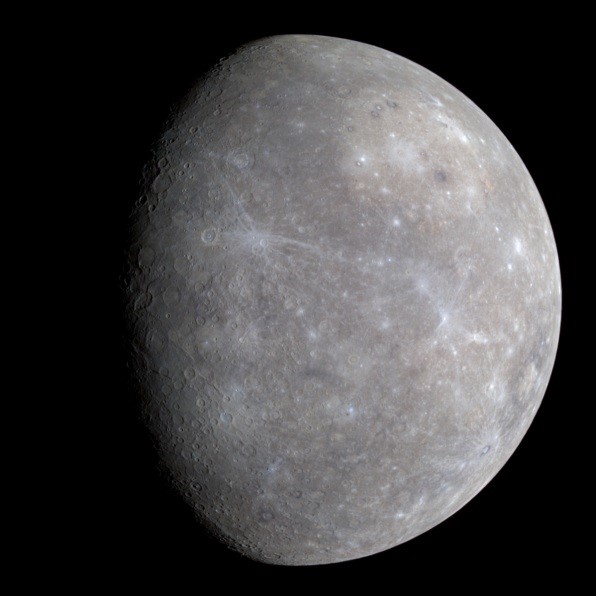 Saturday Night; 28 January 2017
Saturday Night; 28 January 2017
It is time to observe the crescent of the month Jumada el-awal; this usually occurs after sunset on that day. The crescent will be born at 7:00 pm CLT. The Egyptian Dar al-Ifta, in cooperation with the Helwan Observatory and most of the Arab countries, will observe the crescent, putting into consideration the time difference in each country.
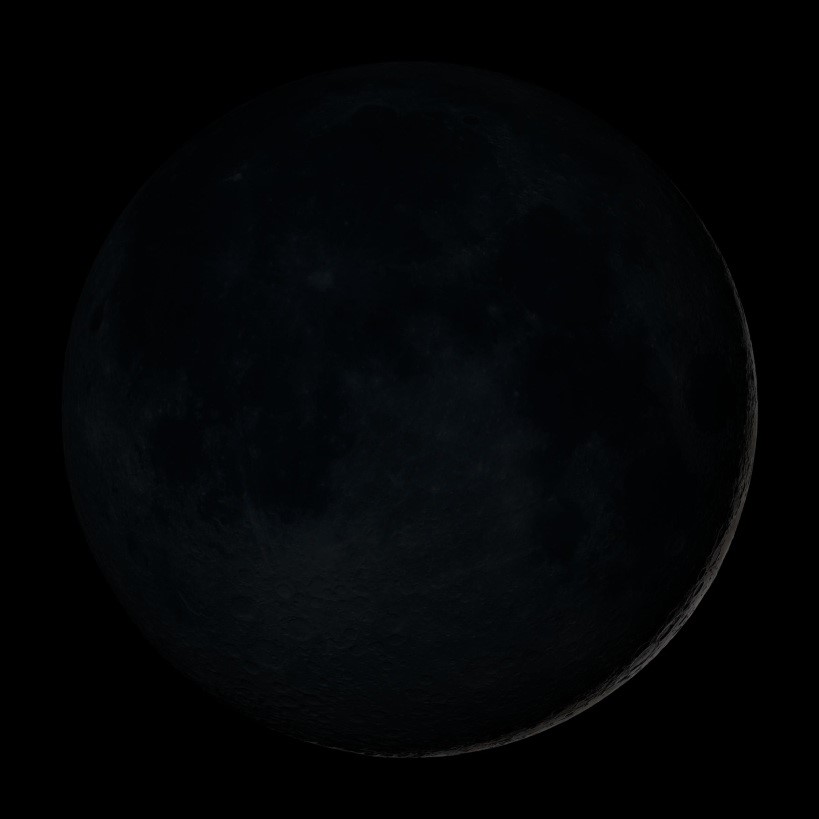
Photos credit: NASA’s educational website but they have been edited and Arabized.
For more information and astronomical calculations, please visit this website: timeanddate.com